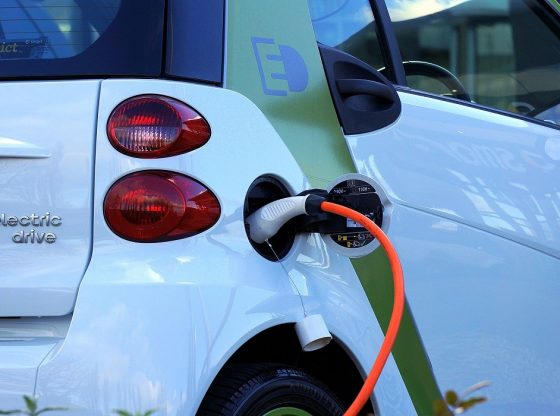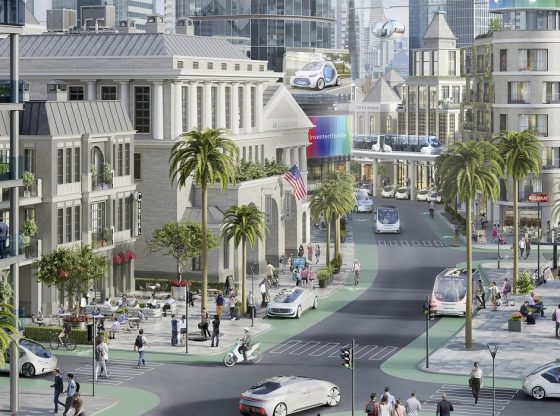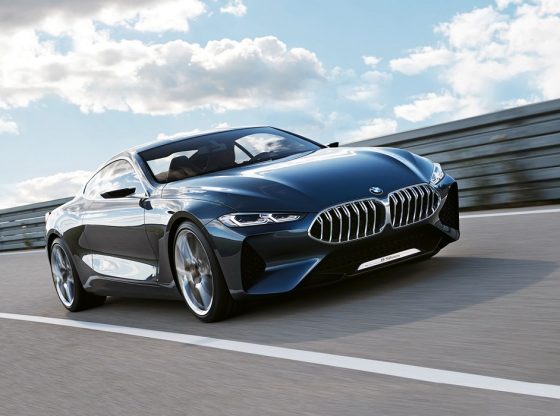
The future of cars is autonomous and white – the latter in a very literal sense. The reason is that machines prefer white for a very simple reason.
Two years ago, a Tesla driver died when his car in autopilot mode crashed into a truck. According to the company, the color of the obstacle was one of the reasons that the car didn’t respond to the danger – the truck was white, which meant that the camera could not distinguish it from the sky.
That white cars are less visible to self-propelled vehicles is wrong. The relationship is the opposite, at least if the automobile car is equipped with a LIDAR. This, according to automotive paint supplier Axalta and the reason is simple physics. The lighter the object is – the more light it reflects. And technology relying on reflection, such as a liar, can, therefore, more easily see white cars.
Darker colors aren’t impossible to detect, but they are more difficult, Lockhart explained. Most autonomous cars combine lidar with radar and cameras, which are less affected by the color of objects.
“When we test the colors we know that those that reflect the best is easier for lidar systems to detect”
– Nancy Lockhart, Marketing Axalta Coatings Systems, told USA Today.
And according to the company, this will mean we will see more white and other bright colors on cars in the future. Since a large portion of self-driving cars will initially be purchased and operated by mobility services and taxi companies. Companies that are primarily interested in safety and low costs.
Looking at what the manufacturers that offer the technology for self-driving cars today are indeed focusing on light colors. Waymo, GM, Ford, Toyota, and Volvo all offer white color for their vehicles (Uber is gray – so little variation is available).
But companies need to be more innovative than just getting different shades of white. Products for self-driving cars must have properties that minimize dirt and snow getting stuck in at critical places with sensors at risk of being disrupted.
But even if the near future will probably be very white and light, the future will probably be more varied. Sensor technology will only become better and after all, color sells.
“Color sells, I do not think we will transition to a colorless world”
– Lockhart
Global roads are already becoming colorless, and not because of self-driving cars. According to Axalta’s 2017 Global Automotive Color Popularity Report, white was the most popular car color in the world last year. Black was ranked second, with gray and silver tied for third place. It seems boring colors appeal to both human and machine eyes.

![OpenAI. (2025). ChatGPT [Large language model]. https://chatgpt.com](https://www.illustratedcuriosity.com/files/media/55136/b1b0b614-5b72-486c-901d-ff244549d67a-560x416.webp)









![OpenAI. (2025). ChatGPT [Large language model]. https://chatgpt.com](https://www.illustratedcuriosity.com/files/media/55136/b1b0b614-5b72-486c-901d-ff244549d67a-350x260.webp)
![OpenAI. (2025). ChatGPT [Large language model]. https://chatgpt.com](https://www.illustratedcuriosity.com/files/media/55124/79bc18fa-f616-4951-856f-cc724ad5d497-350x260.webp)
![OpenAI. (2025). ChatGPT [Large language model]. https://chatgpt.com](https://www.illustratedcuriosity.com/files/media/55099/2638a982-b4de-4913-8a1c-1479df352bf3-350x260.webp)








